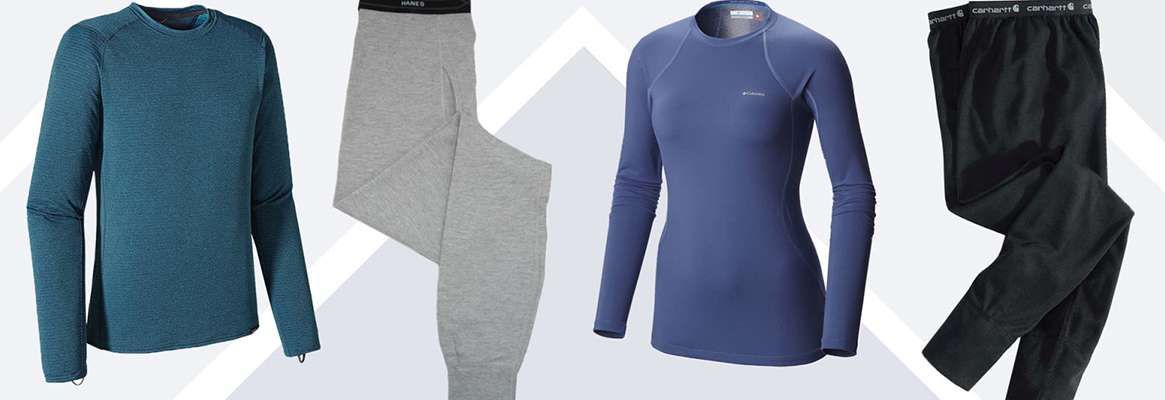Thermalcomfort is primarily related to the efficiency of heat dissipation from clotheshuman body. A human body is a complicated thermodynamic system in which energyis constantly produced by metabolic activity and from which energy must becontinuously dissipated into surroundings by dry thermal transport or latentheat loss accompanying water evaporation.
Clothingserves both as a barrier to the outside environment and a transporter of heatfrom the body to the surrounding environment. The heat and moisture balancebetween the body and environment determines the level of thermal comfort forthe human body. The bodys ability to adapt to heat and cold are crucial to themaintenance of life. If external factors become too extreme the body can notcompensate and death may result, the maintenance of a fairly steady bodytemperature even under a variety of external conditions, is important and canbe controlled through proper clothing.
THERMAL COMFORT
Thermalcomfort is defined as The condition of mind which expresses satisfaction withthe thermal environment. Normally body temperature is about 37 C; this valueis achieved by balancing amounts of heat produced in the body with the amountlost. For body temperature to be stable heat losses need to balance heatproduction. If they do not, the body core temperature will change. This balancecan be written as
WhereM is metabolic rate, i.e. internal energy production; W is external work; C isheat loss by convection; Ck is heat loss by conduction; R is heatloss by radiation; Eres is heat loss due to respiration and Eskis heat loss by evaporation from the skin.
HEAT TRANSFER THROUGH FABRIC
Heattransfer is nothing but the rate of energy that transfers from a highertemperature medium to a low temperature medium. Heat transfer will continueuntil the two media are the same temperature and have reached equilibrium. Therate of the energy transferred depends on temperature difference and the degreeof resistance between the two media. Heat can be transferred in fabrics byconduction through air and fibres, radiation from fiber to fiber and convectionof the air within the fabric structure.
Das A and Alagirusamy R. in their book named Science in Clothing Comfort have explained the heat transfer through clothing when person walks through a windy environment. Normally human being wears two types of clothing, loose fit outer garment and tight fit inner garment. When a person walks through a windy environment the loose outer garment generally flaps, pumping out warm air and moisture vapor from the air gap between the tight-fitting inner garment and the loose-fitting outer garment and replacing it with cooler air from the surrounding environment, and at the same time wind may penetrate through the pores of outer garment to create dynamic heat and mass exchange. That the entire dry heat generated by human body transmits initially through the tight fit inner garment and then divided into two components i.e. heat flow without mass transmission and heat flow with mass transmission, while transmitting through the loose fit outer garment.
Holcombe B. and Hoschke B.N. have studied dry heat transfer characteristics of underwear fabrics, in their study they have examined the relationship between the thickness and thermal resistance of textile fabrics with particular reference to underwear structures and the influence of domestic washing on this relationship is demonstrated. The thermal resistance of these low density fabric constructions is determined primarily by fabric thickness, and there exists a linear relation between these two parameters. The minor but significant influence of fiber conductivity and packing factor on the thermal resistance of fabrics has been demonstrated by the authors.
THERMAL PROPERTIES OF FABRICS
Fabric, often referred to as textiles when the fabric is manufactured, has been used for a number of insulation and heat-related purposes. While there are hundreds of different types of fabric, from plain cotton to Nomex, these fabrics all have thermal properties that are measured in similar ways. Often its these properties that make one fabric more desirable for a certain purpose over another.
Thermal Conductivity
Thermal conductivity is one of the important thermal properties of a fabric. This can be thought of as how well a fabric breathes. A fabric that has a high thermal conductivity easily lets heat pass from a hot side (say the body of the wearer) to a cooler side (the air on the other side of the shirt). For clothing, especially clothing thats meant for warmer weather; thermal conductivity is a very important factor.
Heat Resistance
Another factor, one which is the inverse (opposite) of thermal conductivity, is the fabrics heat resistance. As it might imply, a fabrics heat resistance is how much it resists heat being transferred through it. So of a firefighters jacket has a high heat resistance, then it will also stop the heat from the flames in a building from getting through his coat to burn his skin.
Thermal Resistance
While it might seem similar to heat resistance, a fabrics thermal resistance refers to the fabrics thickness. Even fabrics with a high thermal conductivity like cotton may have a higher thermal resistance if that cotton is put in many layers to increase its thickness. So a fabrics thermal resistance is how long it actually takes a heat transfer to occur as heat moves through the fabric in one direction at the speed given by that fabrics heat conductivity.
YARN STRUCTURE AND THERMAL INSULATION
Differences in yarn structure affect the thermal insulation capacity of fabrics. A spun yarn or textured filament yarn can hold more trapped air than a flat filament yarn and therefore, gives more thermal insulation. Behera B.K., Ishtiaque S.M. and Chand S. have studied the comfort properties of fabrics woven from ring, rotor and friction spun yarns. According to their study, the friction spun yarn fabric is most suitable from the standpoint of thermal comfort; rotor and ring spun yarn fabrics are comparable from the thermal comfort aspect, the rotor spun yarn fabric being slightly better.
In the studies conducted by Das et al., the bulking treatment of ring spun cotton yarn reduces the thermal conductivity of fabrics as compared to 100% cotton fabric; which may be attributed to very bulky structure of the weft which works as an insulating medium. It entrapped air in the loose fibrous assembly spaces and does not allow heat of inner layer to transmit to outer layer.
FABRIC STRUCTURE AND THERMAL INSULATION
Different fabric structures have different levels of porosity therefore it has different amount of entrapped air in the fabric. Tightly woven fabrics with a high thread count are warmer because they are less permeable to air and thus prevent convective heat loss. Flexible fabrics allow more warm air to pass through, away from the body.
Vivekanandan M.V. et al. has studied the effect of pick density, cover factor and bulk density on q-max value. In his study, pick density found positive correlation with q-max whereas cover factor and bulk density found negative correlation with q-max value. The fabric with lower pick density gives higher air permeability and heat transfer.
Fabric thickness is the most important factor governing the thermal insulation of textiles. Many investigators have observed previously that there is a linear relationship between thermal insulation and fabric thickness.
When not only the materials are considered but the actual insulation of a material in a garment, or when the clothing consists of more layers, the properties of the air layers between and on the outside of the material layers become important. Each material layer has a still air layer attached to its outer surface. This layer can be up to 6 mm thick (12 mm total between two surfaces), outside of which the air is insufficiently bound and will move due to temperature gradients. Thus if we express the insulation or vapour resistance of a material in units of equivalent still air thickness (The thickness of a still air layer that has the same insulation or vapour resistance as the material studied) a 2mm thick material could produce a resistance for heat or vapour transport over the body of 12+3+6 strapped still air layer between skin and clothing + still air equivalent of material + still air layer at outside of clothin) = 21mm still air equivalent. If the garment or clothing ensemble would consist of several material layers the total insulation will therefore be much higher than could be expected from the insulation of the material layer above.
CONCLUSION
A balance of heat loss from the body and heat generation in the body has to be maintained to keep the person comfortable. Clothing has a vital participation in maintaining this heat balance. Many factors contribute to the thermal properties of textiles among them yarn structure and fabric structure are major factors to decide thermal comfort behavior of clothing.
Acknowledgment:
Authors are thankful to the management of D.K.T.Es Textile & Engineering Institute, Ichalkaranji for permitting to publish the paper.
This article was originally published in the Textile Review magazine, August, 2012, published by Saket Projects Limited, Ahmedabad.
About the Author:
Prof. S.B. Mhetre is the Associate Professor in the Textile Department at the D.K.T.Es Textile & Engineering Institute, Ichalkaranji.
Ramchandra P. Sawant is a Research Scholar at the D.K.T.Es Textile & Engineering Institute, Ichalkaranji.








